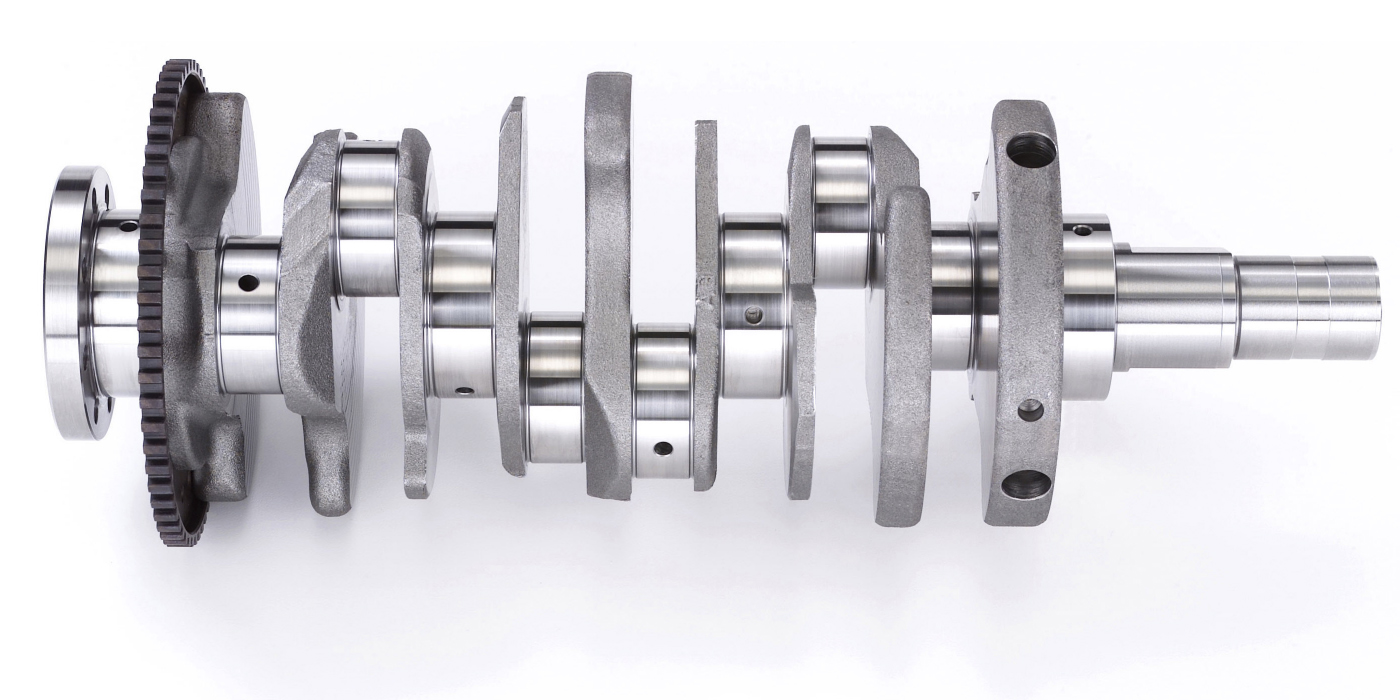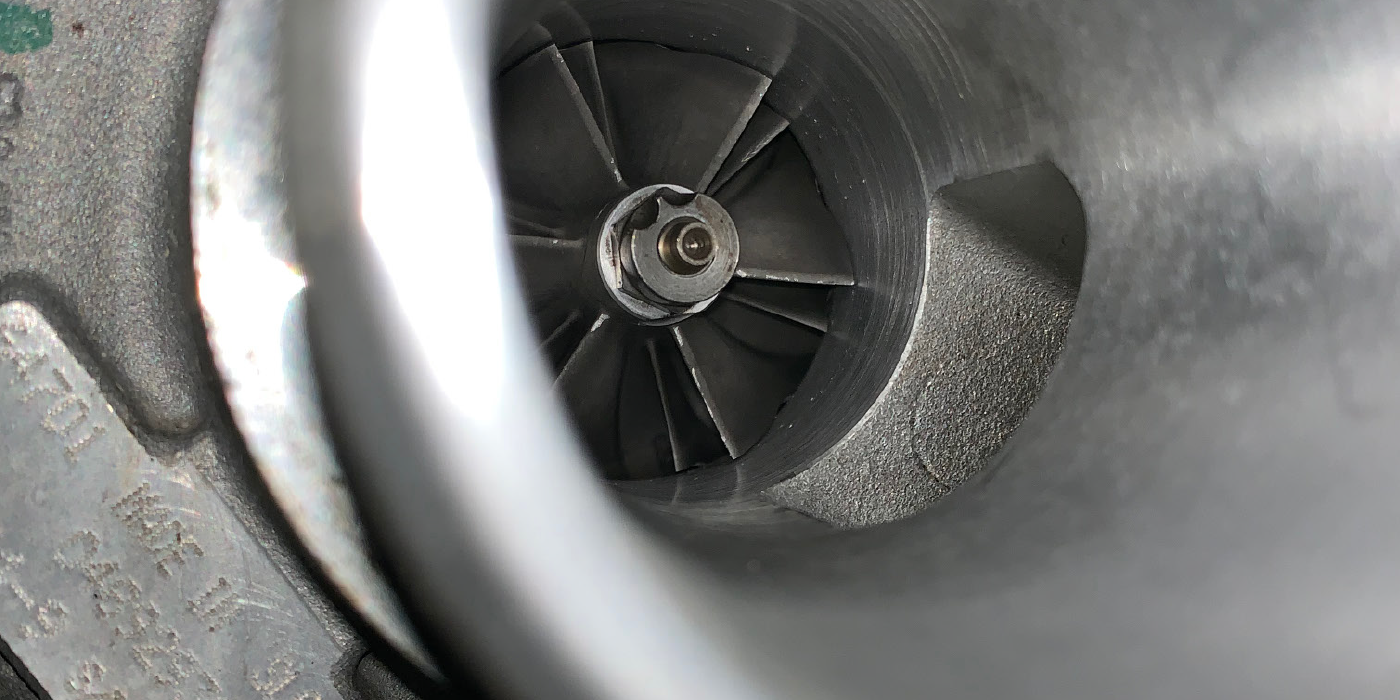When a vehicle’s powertrain control module (PCM) starts acting up, almost anything can happen. The engine might not start, or if it does, it might not idle properly or run smoothly. PCM failures may involve one of the driver circuits for the fuel injectors or the ignition coils. Sometimes, an internal calibration fault will leave the PCM befuddled and confused, unable to manage things as it should.
Though PCMs are often blamed for a wide variety of driveability issues, in many instances, the problem is not a bad PCM, but bad inputs from its sensors. If the PCM doesn’t receive good information from its sensors, it can’t make the correct decisions.
A faulty oxygen sensor will typically give a lean signal to the PCM, fooling the PCM into believing the air/fuel mixture needs more fuel. The result is a rough-running engine that may surge, waste gas and pollute, but it isn’t the PCM’s fault. The PCM is just trying to balance the fuel mixture, but the decision it’s making is based on bogus information.
The Manifold Absolute Pressure (MAP) Sensor reads intake vacuum to sense engine load. High vacuum equals light load while low vacuum equals high load. The PCM uses the MAP sensor’s input to modify, add more fuel and reduce spark timing when the engine is under load. So, if the MAP sensor is feeding the PCM inaccurate information, the fuel mixture and timing will be off.
It’s the same story for every sensor the PCM relies on to do its job, be it a throttle position sensor, coolant sensor, air temperature sensor, mass airflow sensor, vehicle speed sensor or whatever. To make matters worse, the PCM may share certain sensor inputs with other control modules in the vehicle, such as the transmission control module, ABS/traction control module, body control module or climate control module. If the sensor isn’t reading correctly, it can have far reaching consequences. It may prevent the transmission from shifting properly, the cruise control system from working properly or the A/C compressor from engaging.
If the Check Engine light is on and a scan tool reveals one or more PCM codes, the diagnosis may involve checking the operation of certain sensors first to rule out bad inputs. More than 50 percent of PCMs that are returned under warranty (either because the PCM failed to fix the customer’s problem or because the engine did not run properly after the PCM was replaced) have “no fault found.” In other words, the problem wasn’t the PCM, it was something else. The PCM should not be replaced until all the inputs have been checked to rule out input faults. If all the inputs are good, but the PCM’s outputs are not, then the problem is an internal PCM fault and the PCM needs to be replaced.
Under normal circumstances, a PCM should last the life of the vehicle. But PCMs sometimes don’t go the distance for a variety of reasons. Failures can be caused by moisture-induced corrosion (that’s why flooded cars are usually considered junk), excessive heat or vibration that causes microcracks in circuit boards or connections, or voltage spikes, overloads or reversed polarity. Hooking up jumper cables the wrong way, or using a 24-volt booster on a 12-volt system may damage the PCM. Static electrical discharges caused by improper handling of the PCM itself or any chips that plug into it can also zap sensitive electronic components. The same thing can happen if somebody unplugs a “live” computer circuit while the key is on.
Finding the correct replacement PCM for a vehicle may require the vehicle’s VIN number and/or OEM part number on the PCM number in addition to the year, make, model, engine displacement and type of transmission. Close enough is not good enough here. The PCM must be the right one for the application. Don’t guess because you’ll probably guess wrong. There are too many variations.
On older GM computers, it may be necessary to swap the calibration PROM (Program Read Only Memory) chip from the old PCM to the replacement. If the original PROM chip is faulty or missing, your customer will have to get a replacement.
On most newer vehicles, the PCM must be flash programmed when it is replaced if it hasn’t been preprogrammed with the vehicle calibration information. Flash programming requires a special pass-through interface tool or a flash-capable scan tool (an OEM scan tool or an aftermarket scan tool with the appropriate software and hardware capability). Reprogramming or an anti-theft initialization procedure may also be required before the PCM will recognize an electronic ignition key and start the engine.
Remanufactured PCMs are available as a less costly alternative to buying a new OEM computer. A new PCM can cost hundreds or even thousands of dollars depending on the application, so it’s important to make sure the PCM really needs to be replaced. If it does, then a reman PCM may be the most affordable option.
Reman PCMs are typically tested on simulation equipment that checks the operation of every control circuit. Input signals are fed into the PCM while output commands are closely monitored for the proper response. The PCM may also be subjected to heat, cold and/or vibration to make sure it works under all operating conditions. Some remanufacturers may even replace certain “troublesome” components in the PCM, such as power transistors or diodes, to improve its reliability and reduce the risk of a repeat failure down the road.














